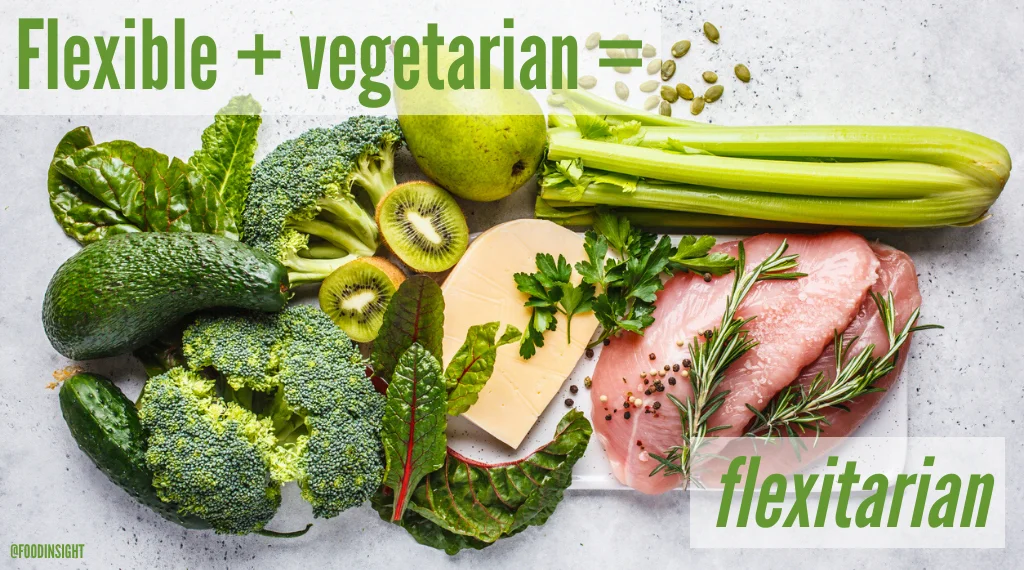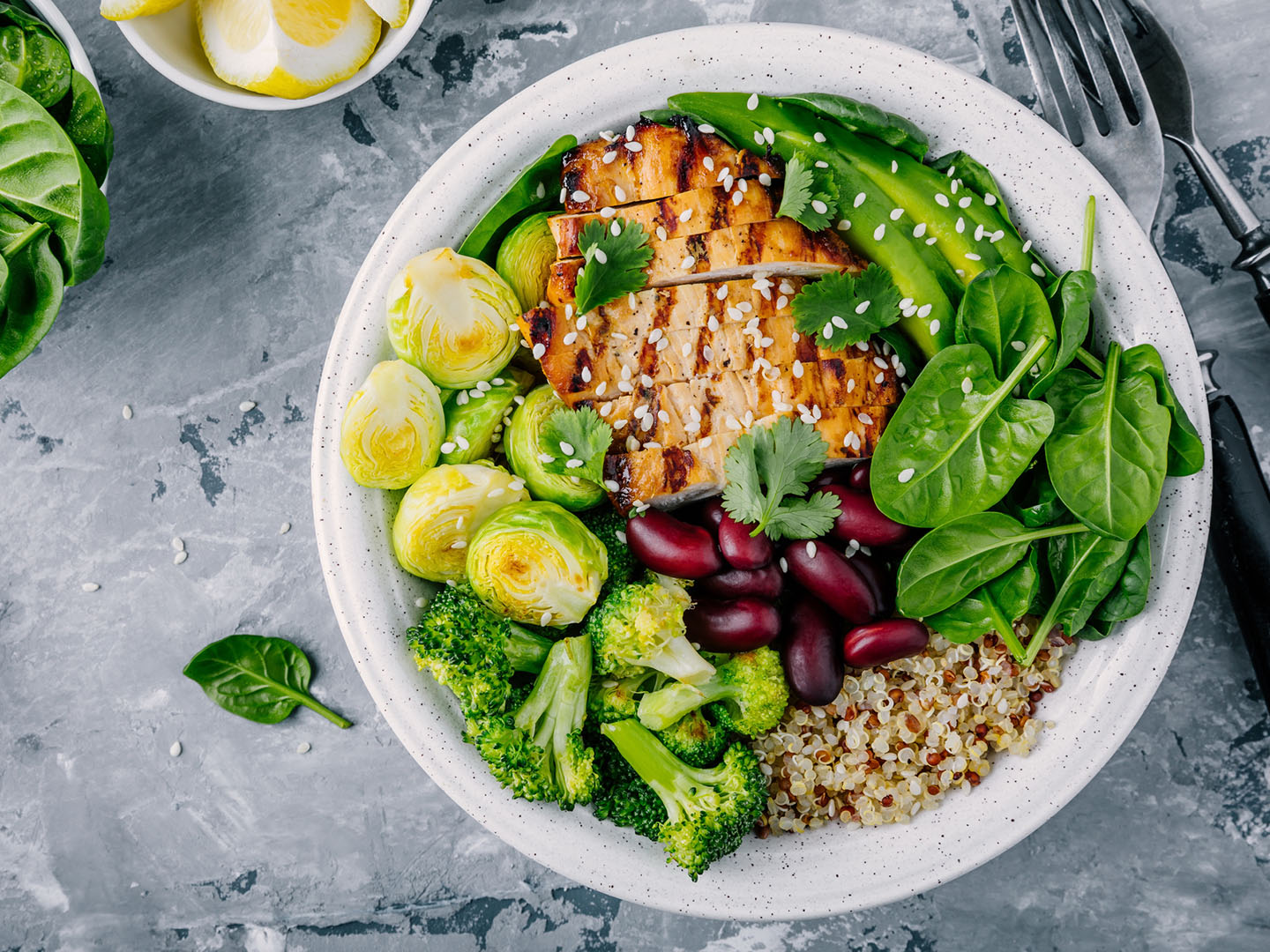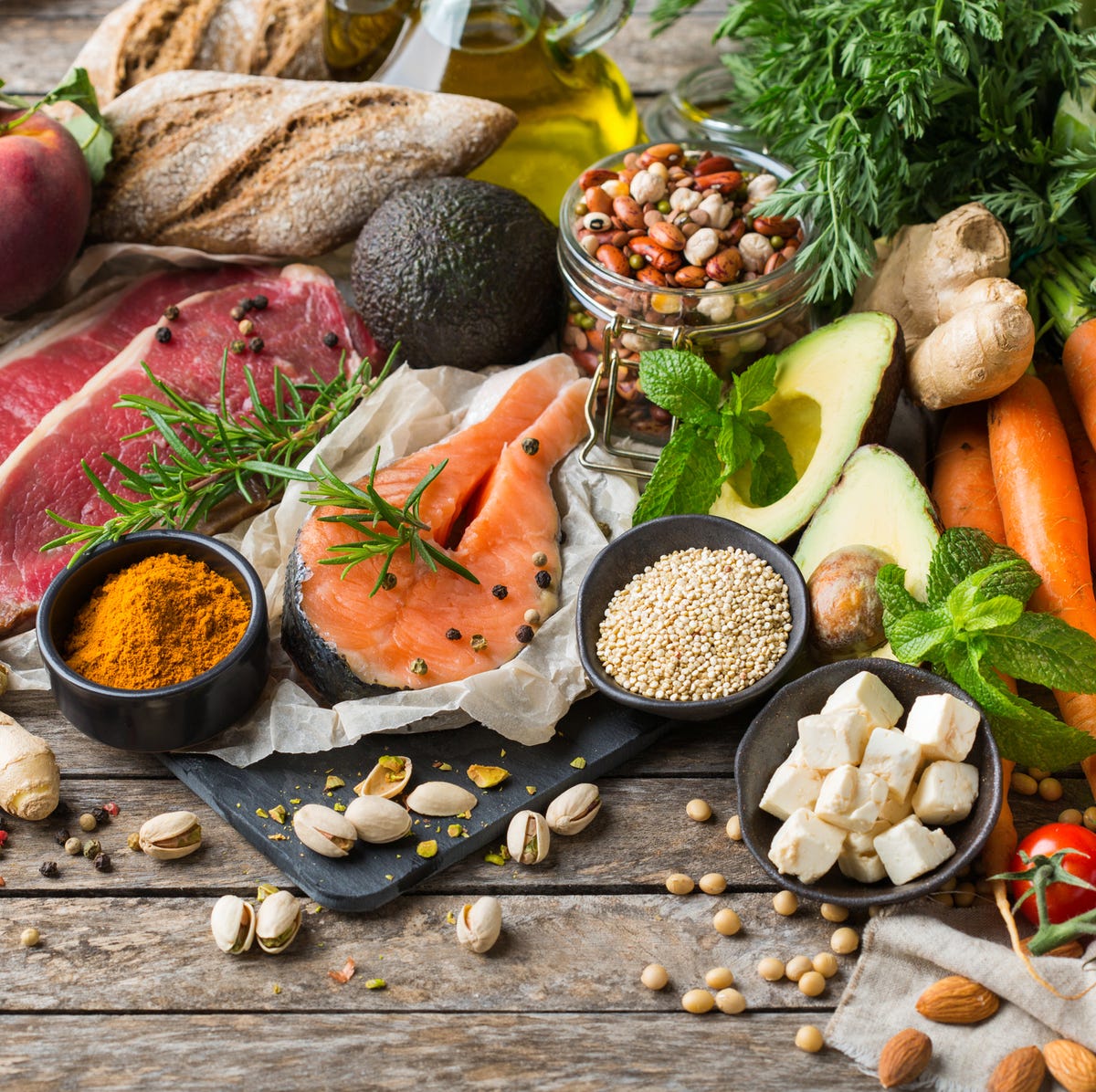If you’re trying to cut down on meat consumption, the flexitarian diet is a semi-vegetarian eating plan that’s easy to follow.
One of the best things you can do for your health (and the health of the planet) is to adopt a plant-focused diet. If you’re worried about this being too restrictive (or missing meat), a flexitarian eating pattern may be for you.
According to the latest U.S. News & World Report Best Diet Rankings, this semi-vegetarian eating pattern, specifically the one outlined in the book “The Flexitarian Diet” by registered dietitian nutritionist, Dawn Jackson Blatner, came in second healthiest overall (tied with the DASH diet) and was considered among the easiest to follow and most family-friendly.
If you’re actively looking for ways to eat more plants and limit your meat consumption, adopting a flexitarian way of eating is a great way to go. Here’s what you need to know before you get started.

What is the flexitarian diet plan?
A flexitarian eating pattern emphasizes plant foods, such as veggies, fruits, nuts, seeds, pulses (beans and legumes) and whole grains, but leaves some room for meat, dairy and other animal foods.
Flexitarian diet health benefits
When you boost your intake of plant foods and reduce your intake of red and processed meats and other less healthful foods, such as heavily processed snack foods, refined grains and sweets, you’ll experience some major perks. Studies have linked a dietary pattern rich in wholesome, minimally processed plant foods with:
- Keeping your mind sharp and preserving your memory over time.
- Improvements in body composition and weight management.
- Lowering the risk of challenging diseases, like type 2 diabetes and heart disease.
- A more positive outlook with greater creativity and deeper life satisfaction.
- Enabling you to live longer and enjoy a better quality of life as you age.
You’ll get these benefits because plant foods provide the vitamins, minerals, fiber, antioxidants and polyphenols that protect your body and brain from a number of triggers that accelerate disease, aging and mood disorders. More and more, research shows that markers of health improve when you eat more plants and less meat.
These same foods offer environmental advantages as well. Production of meat and dairy foods can drain our natural resources and these foods have a higher carbon footprint compared to plant foods. This means they contribute to climate change, which is hurting our planet and putting people at risk of food insecurity.

What other benefits can I expect from following a flexitarian diet plan?
If you’re used to eating a lot of heavily processed foods, you might notice you fill up better on a flexitarian diet, which limits these foods and prioritizes fiber-rich veggies, fruits, pulses and whole grains. This can translate into other benefits as well. For example, feeling more satisfied with meals might mean you’re less distracted by hunger so you may be more productive at work or at home.
If you’re limiting heavily processed foods and favoring plant foods, you may also find you feel more energetic during the day and you sleep better at night. Proper sleep can have far-reaching benefits, including being less susceptible to the common cold.
All of this means that by adopting a flexitarian diet, you’ll experience some immediate benefits as well as some longer-term perks.
Are there any downsides to the flexitarian diet?
If you’re not used to eating a largely plant-based diet, you’ll need to adjust to trying new foods and limiting the ones that might currently be eaten on repeat. In Blatner’s book, “The Flexitarian Diet,” she guides newbies through making changes in a phased fashion.
If you’re currently existing on a lot of processed convenience foods, you may also have to get used to planning, prepping and cooking more than you’d like, so there could be some lifestyle adjustments to make. However, as I said earlier, this semi-vegetarian eating pattern is considered one of the easiest to follow so these drawbacks aren’t huge deterrents. And once you get used to the changes, they’ll become second nature.
You might also need to plan your diet more wisely to get certain nutrients or you may need supplements to fill in any gaps. For example, vitamin B12 and calcium are easier to come by in animal foods than plant-based ones, so you’ll need to make sure you’re still getting adequate amounts. Fortified plant-based milks and fortified whole-grain cereals can help on this front. Also, since this diet doesn’t eliminate animal foods entirely, you can still get important nutrients from them, and the truth is, by consuming more plants and adopting a flexitarian diet, you’ll boost your overall diet quality.
What foods do you eat on a ‘flexitarian’ diet?
There aren’t any strict rules to follow, but in her book, Blatner offers some easy guidelines, depending on how much meat you’re currently eating. If you’re just starting out, Blatner suggests two meatless meals per week, however even when consuming meat, plant foods form the foundation of meals. Ultimately, “The Flexitarian Diet” book offers ideas on advancing the number of meatless meals you eat each week, but in truth, a flexitarian diet is by definition, flexible, so you don’t have to follow specific rules. Even if you don’t go meatless for a set number of meals, the idea is to eat smaller portions of animal-based meals, enjoy them less often, and make plant-based foods the center of your plate. With this philosophy, meat might be an accent or sized like a side dish rather than the main event.

Getting started with flexitarian eating: A sample meal plan
Here’s a sample one-day plan to get you started with the flexitarian diet. This plan focuses on the idea of adopting a 75% plant-based diet, limiting less healthful foods (including added sugars and refined grains), and enjoying fun and flavorful dishes.
Breakfast
Chocolaty Oatmeal: Heat a mixture of 1/3 cup riced cauliflower (from frozen), ½ cup oatmeal, 1 cup unsweetened vanilla almond milk, 1 ½ tablespoons chia seeds, 1 tablespoon cacao powder, 1 tablespoon no added sugar peanut butter, and a pinch of salt. Cook and top with ½ banana, sliced. (Serves 1)
Lunch
Avocado Tuna Bowl: Mix ½ can drained and flaked wild-caught tuna with ½ cup canned, rinsed and drained white beans, about ¼ cup finely chopped baby spinach, 1 teaspoon Dijon mustard, 1 teaspoon extra virgin olive oil (EVOO) and a squirt of lemon juice. Serve in ½ avocado (pit removed). Have with a side salad seasoned with EVOO and lemon juice. (Serves 1)
Dinner
Garlicky Pasta with Broccoli: On a sheet pan, roast about 1 cup canned, rinsed and drained chickpeas and 4 cups broccoli in EVOO. Season with salt and pepper. Meanwhile, cook 2-3 ounces of chickpea pasta according to package directions. When everything is ready, in a large skillet, cook 2 garlic cloves, chopped, in about 1 tablespoon EVOO. When garlic turns golden brown, toss broccoli, chickpeas and pasta into the skillet. Add a squirt of lemon juice if desired. If you aren’t ready to make this a meatless meal, add 2 ounces of cooked chicken per eater. (Serves 2)
Snack
Shortcut Cherry Chia Cobbler: Heat ½ cup frozen cherries and mix with 1 tablespoon water, 1 teaspoon chia seeds and a pinch of cinnamon. Stir to combine, cover and refrigerate about an hour. Then, reheat the cherry-chia mixture for about 30 seconds in the microwave and top with 1 tablespoon lower sugar granola and 1 tablespoon sliced almonds. (Serves 1)